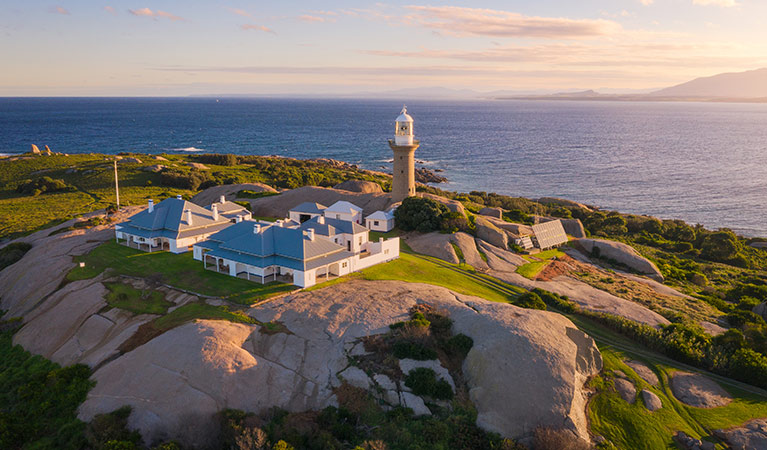

How many people can now express their feelings succinctly and politely and convey that message in handwriting that is both legible and evocative? Of course, there are a few pockets of resistance which become quaint reminders of a more tactile past. Even the simple art of writing a letter is vanishing.

Nowadays, very few people can find their position in the world by assessing the angles of a few heavenly bodies, a skill that thirty years ago was essential before a boat headed out of sight of land. The relentless march of technology, indiscriminately trampling on the crafts and traditions of the past, is something we have got used to. Maatsuyker Island lighthouse opening - June 1891 - photo © Southern Woodenboat Sailing I was keenly aware that I was in love with a dying life." As if richness did not lie in purpose and meaning but in leisure. "I knew there were already plans to electrify the lights.
#Lighthouse keeper jobs nz manual
Millennials should be asked to witness this coast in a gale before they are ever allowed to use the word "awesome" again.Īfter 80 years of continuous manual operation, John Cook was head keeper the night that electrical current, rather than burning hydrocarbons, sent a beam of light thirty miles out towards antarctica flashing three times every thirty seconds.Ĭook's account of his time working the lights is relevant to those of us who have sailed past the lights on Maatsuyker, Tasman and Bruny Islands and been reassured by their unfailing beat, but it also resonates as a lament dying skills and ways of life that the wooden boat lover can often relate to. Maatsuyker is the southernmost light in Australia, about five miles off the bottom of Tasmania.

In 1976 the lighthouse on Maatsuyker Island, converted to electricity from kerosene and the job of "lighthouse keeper" began to fade away.


 0 kommentar(er)
0 kommentar(er)
